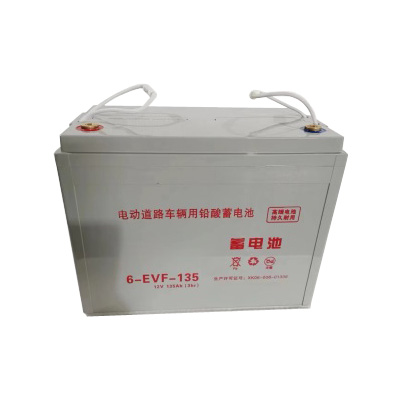Which Battery is Best for Electric Tricycle
2023-12-02
The choice of battery for an electric tricycle depends on several factors, including range requirements, weight considerations, cost, and available space. Here are a few types of batteries commonly used in electric tricycles, each with its own characteristics:

1. Lead-Acid Batteries: Lead-acid batteries are a traditional and relatively inexpensive option. They come in two types: flooded (wet-cell) and sealed (valve-regulated lead-acid - VRLA). While they are heavy and have a lower energy density compared to other options, they are widely available and less expensive. However, they require more maintenance and have a shorter lifespan compared to newer technologies.
2. Lithium-Ion Batteries: Lithium-ion batteries are known for their higher energy density, lighter weight, and longer lifespan compared to lead-acid batteries. They are commonly used in electric vehicles due to their superior performance. Lithium-ion batteries also offer faster charging times and require minimal maintenance. However, they are typically more expensive upfront.
3. Lithium Iron Phosphate (LiFePO4) Batteries: LiFePO4 batteries are a specific type of lithium-ion battery known for their stability, safety, and long cycle life. They are more stable at higher temperatures and are considered safer than some other lithium-ion variants. While slightly heavier than some lithium-ion alternatives, they have a longer lifespan and can be a good choice for electric tricycles.
When choosing the best battery for an electric tricycle, consider the following factors:
- Range Requirement: Determine the distance you intend to travel on a single charge. Lithium-ion batteries generally offer longer ranges compared to lead-acid batteries for the same weight and size.
- Weight Considerations: If weight is a concern, lithium-ion batteries are lighter and more compact than lead-acid batteries for the same energy output.
- Cost: Consider the initial cost of the battery and its long-term maintenance requirements. While lithium-ion batteries may have a higher upfront cost, they often provide better long-term value due to their durability and longer lifespan.
- Space and Fitment: Assess the available space on the tricycle for the battery. Lithium-ion batteries are generally more compact and can be mounted in various positions, while lead-acid batteries might require more space.
It's recommended to carefully assess your specific needs and budget before choosing the battery type for your electric tricycle. Consulting with a knowledgeable electric vehicle specialist or a reputable manufacturer can also help you make an informed decision based on your requirements.


